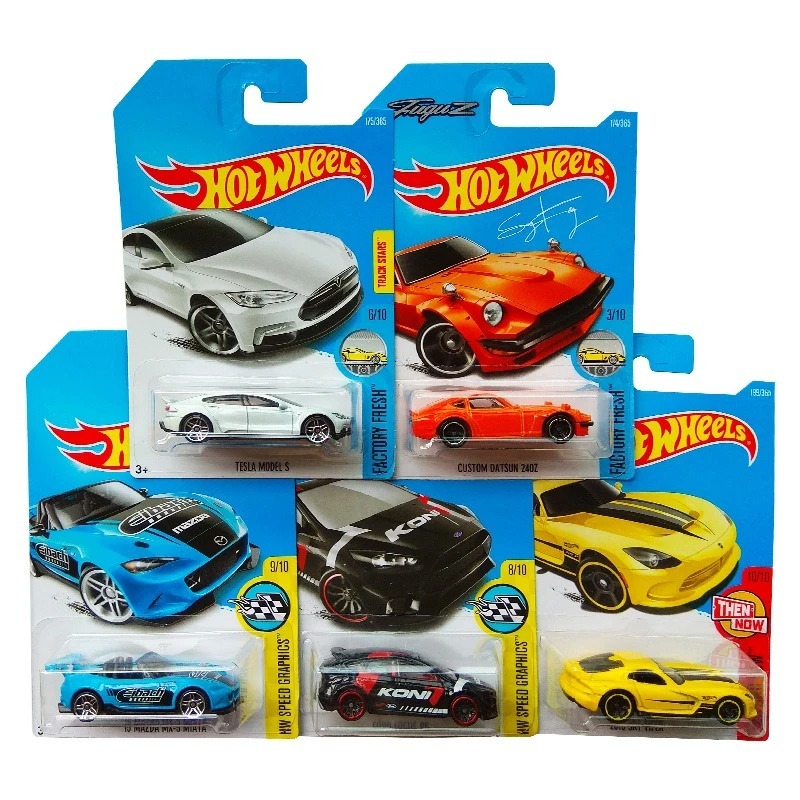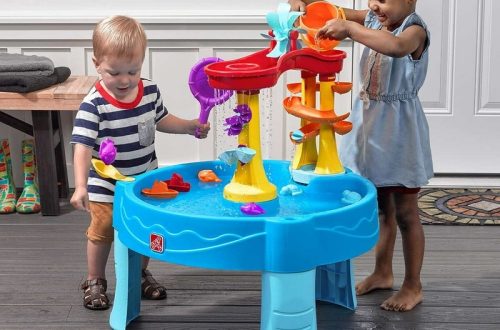The Evolution of Hot Wheels Cars
The journey of Hot Wheels toy cars has been remarkable. From their debut in 1968, these cars have transformed drastically. Early versions came out in eye-popping redlines, a defining feature from the ’60s and ’70s. They boasted bright colors and classic designs. As the years passed, the designs evolved to match modern tastes and technologies.
In the ’80s and ’90s, Hot Wheels toy cars saw more realistic models. These included real car replicas and new fantasy designs. ‘Treasure Hunts’, a term familiar to collectors, started in 1995. This series added a thrill to collecting with rare finds.
The 2000s brought digital enhancement. Now, Hot Wheels toy cars come with detailed graphics and innovative materials. Some even interact with digital apps. This modernization keeps young enthusiasts engaged.
Through each era, Hot Wheels has adapted, yet the joy of racing these small cars remains the same. With updates in design and technology, the brand stays relevant. It continues to excite collectors, both young and old. The evolution of Hot Wheels is a testament to their enduring appeal.
As these cars transitioned through time, so did their storytelling capability. Now, each model tells its own story, capturing the essence of speed and design innovation. Whether vintage or modern, the legacy of Hot Wheels toy cars races on.
The Value of Vintage Hot Wheels
Collectors treasure vintage Hot Wheels for many reasons. For some, it is nostalgia that drives the value. These small replicas bring back memories of childhood. They are reminders of simpler times. For others, it’s the rarity and uniqueness of these vintage models. Over time, certain Hot Wheels have become scarce. Some were produced in limited runs. Others simply didn’t survive the wear and tear of play.
The condition of vintage Hot Wheels toy cars is key to their value. Mint condition models, especially those still in original packaging, can fetch high prices. Collectors call these models ‘Redlines’. They refer to the red stripes on the tires, iconic to models from 1968 to 1977. The redlines are highly sought after. Collectors will pay a premium for these specific cars.
Age and historical significance also impact the value of vintage Hot Wheels. The oldest models can be the most valuable. Rare editions tied to specific events or promotions can compel collectors. They are willing to invest considerable sums. Certain casting variations, known only to exist in a few models, elevate the price. These variations are like a secret handshake among collectors.
Authentic vintage Hot Wheels can serve as a good investment. Over years, the value can appreciate, similar to fine art. But it’s not just about money. Collecting Hot Wheels is about passion. It’s a hobby that spans generations. It links people through shared enthusiasm for the miniature cars that marked an era of toy history.
In conclusion, the value of vintage Hot Wheels lies in their ability to evoke memories, their condition, rarity, age, and historical presence. These factors combined make vintage Hot Wheels not only a fun collectible but potentially a wise investment too.
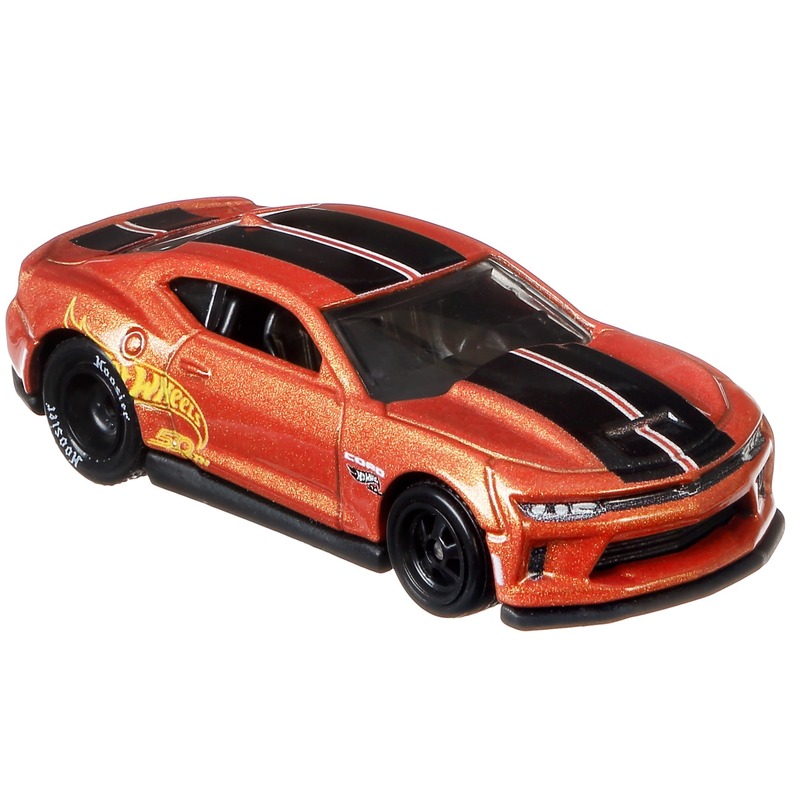
Collecting Modern Hot Wheels: What to Look For
When you dive into the world of collecting modern Hot Wheels toy cars, there are key aspects to consider. Collectors should focus on five main areas: design innovation, limited editions, packaging, digital interaction, and collaboration models.
First, modern Hot Wheels bring innovative design to the table. New materials and bold graphics set them apart. Look for unique aesthetics that capture contemporary trends.
Second, limited edition releases are a big draw. These often feature special colors or designs. They may commemorate events and usually have a higher collectible value. Keep an eye out for ‘Super Treasure Hunts’, a successor to the original ‘Treasure Hunts’ series.
Third, packaging matters. Modern Hot Wheels in unopened boxes or blister packs are more valuable. Make sure the package is in good condition, without tears or bends.
Fourth, with technology advancing, digital interaction is a plus. Some models sync with apps for enhanced play. These tech-oriented toys cater to the new generation of collectors.
Lastly, collaboration models made in partnership with other brands or designers can be rare. They carry an exclusive appeal and can be quite collectible.
In summary, when collecting modern Hot Wheels toy cars, seek out innovation, limited editions, intact packaging, digital features, and rare collaborations. These factors will guide you towards valuable, collectible items that might grow in worth over time.
The Rarity and Exclusivity of Hot Wheels Models
When talking about Hot Wheels toy cars, rarity and exclusivity often come to play. Collectors prize rare finds. These can be cars made in limited numbers or special editions. Here’s what makes a Hot Wheels model rare or exclusive.
First, the production run size matters. Smaller runs mean fewer cars available, driving up rarity. Limited editions, like convention exclusives, catch collectors’ eyes.
Historical context can also make a model exclusive. Cars linked to significant events, or time periods, can gain a special status. Collectors and fans love these connections.
Promotional models are another sought-after rarity. These Hot Wheels often come out in partnership with companies. They are not sold in stores, making them hard to find.
Unique designs that did not hit mass production can be gems in a collection. Sometimes, these designs get scrapped or changed. The few released before changes can become valuable.
In addition, attention to detail can create exclusivity. Models with unique paint jobs, finishes, or decorations stand out. Collectors look for these details when building their collections.
Finally, regional and international differences can add to a car’s desirability. Some Hot Wheels toy cars release only in specific markets. Finding these models outside their region of release can be a challenge.
Rarity and exclusivity elevate the appeal of Hot Wheels toy cars. They turn simple toys into coveted collectibles. For collectors, finding and owning these unique models is part of the thrill.
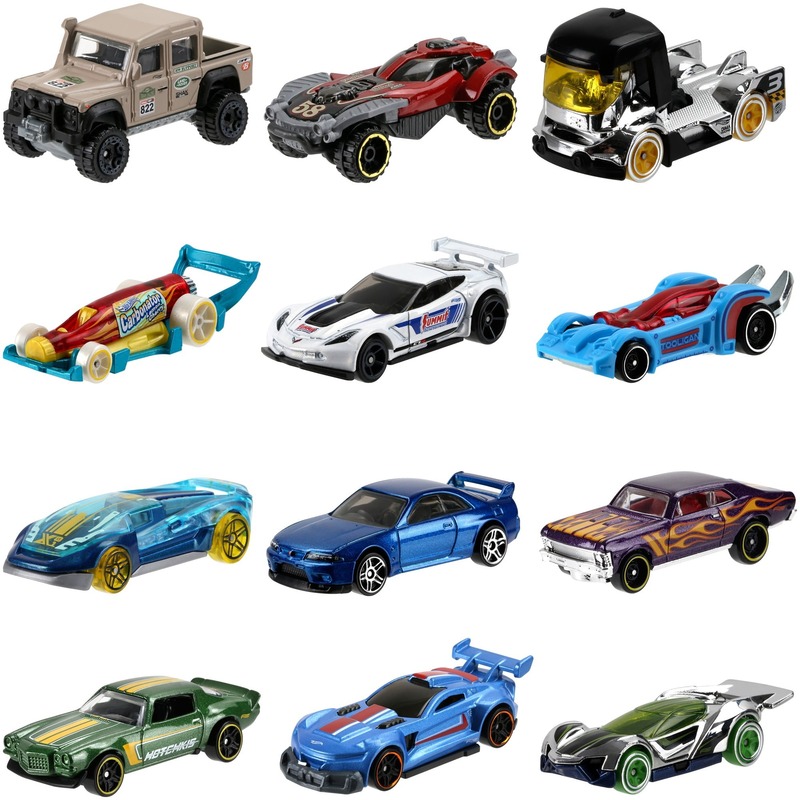
How to Determine the Authenticity of Hot Wheels Collectibles
Authenticity matters for collectors of Hot Wheels toy cars. Here’s how to check for genuine models.
First, examine the car’s details. Authentic Hot Wheels have crisp paint and precise markings. Check for any smudges or inconsistencies that could signal a counterfeit.
Next, study the packaging. Real Hot Wheels come in distinctive packs. Look for official logos and correct model names. Fakes may have blurry text or incorrect branding.
Check the vehicle’s weight and materials. Real Hot Wheels have a certain heft and use quality plastics and metals. Lightweight or flimsy materials might indicate a fake.
Compare the car with official references. Use catalogs or dedicated websites to match details. Even small deviations can suggest a replica.
Seek proof of purchase, if possible. Original receipts or provenance add to credibility. It’s harder to verify authenticity without these.
Lastly, consult the collector community. Seasoned collectors can offer insight. They can help you identify authentic pieces.
Always be alert and do your research when adding to your Hot Wheels collection. Ensuring authenticity not only preserves the integrity of your collection but also maintains its potential value over time.
Displaying Your Hot Wheels Collection
Displaying your Hot Wheels toy cars can be as enjoyable as collecting them. The right display not only showcases your collection beautifully but also protects your investments. Here’s how to create an impressive display.
First, choose a location. Your display should sit in a space free from direct sunlight to prevent fading. A room with stable temperature is best to avoid damage from heat or cold.
Next, select display cases that are clear and dust-proof. These cases protect the cars from environmental factors. Wall-mounted or freestanding glass cabinets offer a good view of your collection.
Consider the arrangement of your cars. You can group them by era, series, or color. This adds visual appeal and makes your collection easy to navigate.
Use labels for each car or series. This helps guests understand your collection’s significance. Labels can include the model name, year, and any interesting facts.
Lighting can enhance your display. LED lights work well. They do not emit much heat and help the cars’ colors stand out.
Finally, keep your collection accessible. This allows you to easily clean and inspect each car. It also invites you to rearrange as your collection grows.
In summary, a well-planned display setup can turn your Hot Wheels toy cars into a standout feature of your home, reflecting your passion for this enduring hobby.
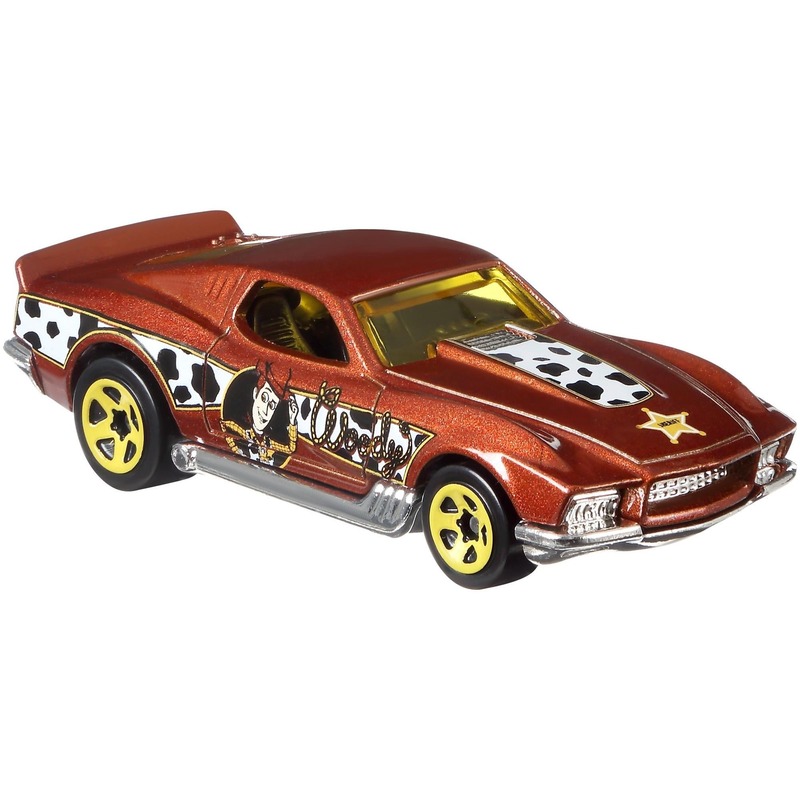
Hot Wheels as an Investment: Tracking Market Trends
When investing in Hot Wheels toy cars, observing market trends is vital. Prices can fluctuate based on several factors. Here are key pointers to keep track of:
- Monitor Auction Sites: Regularly check online auction sites. They provide real-time data on what collectors pay for Hot Wheels.
- Keep an Eye on Conventions: Conventions and trade shows often drive trends. Note which models gain attention or spike in price.
- Follow Collector Forums: Forums and social media groups offer insights. Here, enthusiasts discuss what’s hot or fading in the market.
- Examine Rarity and Condition: Rare models in pristine condition usually appreciate. Watch for shifts in demand for specific items.
- Take Note of Historical Sales: Past sales can predict future values. Learn which models have consistently sold well.
- Pay Attention to Pop Culture: Movies, shows, and games can influence Hot Wheels popularity. Keep tabs on pop culture for potential impacts on collectible prices.
- Stay Updated with Manufacturer Releases: New releases from Hot Wheels might affect the value of older models. Watch for any such trends emerging.
- Consider Economic Factors: Broader economic changes can influence collectible prices. Be aware of factors like inflation or disposable income changes.
To sum up, tracking market trends for Hot Wheels involves careful observation. Knowing where and when to invest can make all the difference. Stay informed, and you could see significant returns on your collectibles.
Caring for Your Hot Wheels: Maintenance Tips
To keep your Hot Wheels toy cars in top shape, growth, effective care is necessary. Here’s how to maintain your collectibles.
First, routinely clean your cars. Use a soft cloth to wipe off dust. Avoid harsh chemicals that can damage paint and finishes.
Second, for deeper cleaning, a soft brush or cotton swab works well. It helps reach tiny crevices without scratching the surface.
Third, protect the wheels and axles. They’re vital for a Hot Wheels’ value. Keep them straight and free from rust. Light oil can help preserve their condition.
Fourth, store your cars properly. Use individual compartments or soft cloths to prevent scratches. Heat, sunlight, and moisture can cause harm, so pick a cool, dry place away from windows.
Fifth, handle with care. Keep handling to a minimum and touch cars with clean, dry hands. Oils and dirt from hands can wear down paint over time.
Lastly, rotate your display. Give every car a chance to shine. This prevents long-term exposure to light or air for any single car.
By following these tips, you’ll ensure your Hot Wheels toy cars remain vibrant and valuable. Regular maintenance guards against wear and retains collector appeal.
